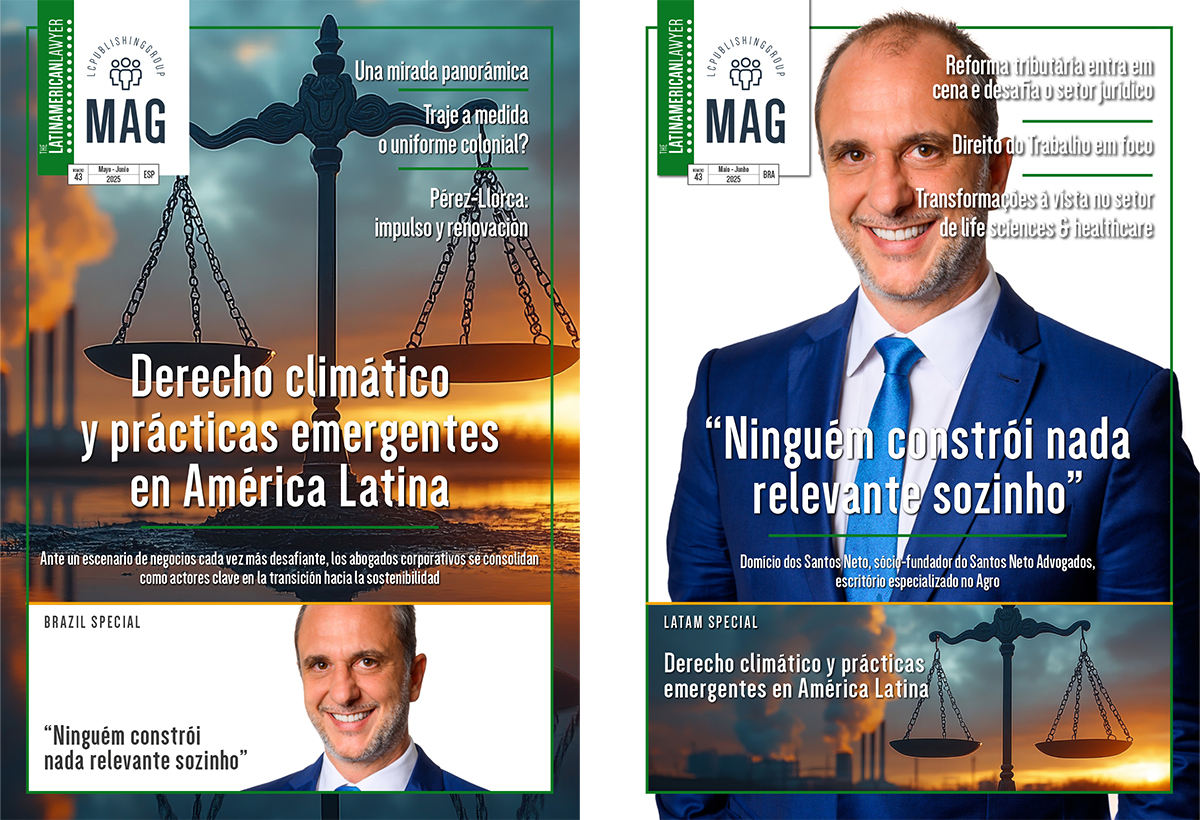Inclusion and diversity are crucial – Baker & McKenzie
Due to the fact Baker & McKenzie serves a diverse client base, its workforce must reflect that client base and those markets where the firm operates, according to Claudia Prado, chair of the Latin America regional council at Baker & McKenzie, as well as chair of the firm’s Global Diversity & Inclusion Committee.
“Inclusion and diversity are as big a part in our business strategy as profitability, client satisfaction and other metrics,” she adds.
Prado acknowledges that there are many challenges with regard to the issues of inclusion and diversity and the nature of these challenges can vary from country to country and region to region. “In Latin America for example, Brazil is well ahead of average, there are more women partners than men in our offices there, and there are more women in leadership positions as well,” she says. “Other countries require a more hands on approach in order to implement our targets and support programs – making the case that diversity makes business sense can be a starting point.”
While Baker & McKenzie does not implement quotas, it has “global aspirational targets” as part of its global strategy, explains Prado. Indeed, in 2012, Baker & McKenzie was the first major international firm to announce a target to increase its percentage of female equity partners to 30 per cent. This target has also applies to the leadership of the firm, Prado says.
Prado highlights that the driving force of the overarching strategy is made clear in Baker & McKenzie’s mission statement – to foster an environment where individuals of diverse race, colour, ethnicity, culture, gender, sexual orientation, gender identity and expression, religion, nationality, age, disability, and marital and parental status may succeed professionally and fully contribute to the goals of the law firm.
“We see the challenges as key opportunities in the race for top talent,” explains Prado, speaking about figures that show law schools have more female graduates in general, and more women among their top graduates. “Right there, you have over 50 per cent of the talent pool at your fingertips,” she continues. “Then you have to have the have right support programs to attract, develop and keep those talented women”
Keeping the talent is another major challenge. “Women are not leaving the profession, they’re leaving the law firms,” Prado claims. “We have to make the business model fit for the talent we have – most clients are well ahead of law firms in this area.”
Having a successful role model program also helps with talent retention. “Look at [current IMF managing director and former chairman of Baker & McKenzie], Christine Lagarde,” Prado says. “She has been a great role model for many women at the firm.”















